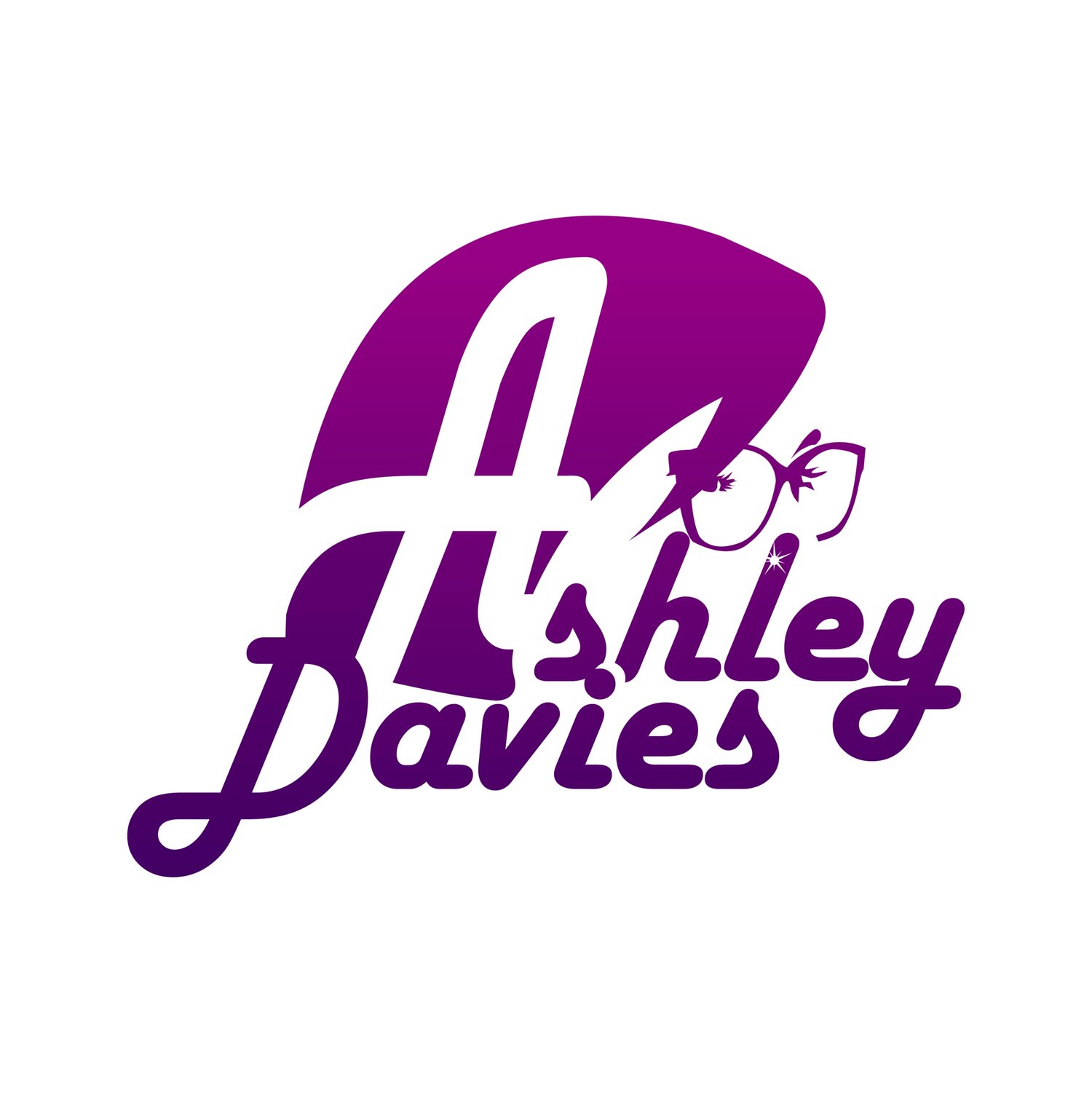Trickster
Trickster Native American Tales: A Graphic Collection is an anthology filled with a variety of trickster tales . The editor, Matt Dembicki, is not Native American, but he brings together a variety of indigenous storytellers from across North America. The collection thoughtfully includes an index of biographies of both the storytellers and the artists, making it easier for readers to research the cultures these tales come from for a richer reading of the text. The tales range from teaching morals and understanding the Earth. Many of them could be easily incorporated into a children-focused reading program; although, I think some require more discussion and context. “When Coyote Decided to Marry” by Eirik Thorsgard, an enrolled member of the Confederated Tribes of the Grand Ronde Community, for instance, deals with the sexual purity of a woman. Her community is punished because the coyote knows she isn’t “pure.” While the story doesn’t include explicit references to sex, the gender expectations require more context and discussion in order to work through the intersections of the text.
The art of the piece varies from delicate, photo realism to unabashedly Saturday-morning-cartoons. Each style brings a sensibility to the story and treats them as unique individual tales, helping reads keep in mind that while there may be repeated characters - crows, coyotes, foxes, rabbits - these tales are not from a single monolithic culture.
Each reader is sure to have favorites in the collection. “Puapualenalena” by Thomas C. Cummings, a Hawaiian storyteller, stands out to me because Paupualenalena, a magical dog, is the hero and the vibrant colors place you in the setting. My love of dogs couldn’t help but bias me to this story.
If I were to teach this text, I would probably use it to have students do group research and presentations on particular stories. Having the whole class read the text but groups focusing on particular stories and tribes could give students the ability to produce self-directed research and teach the content to the rest of the class. The text would work wonderfully for an American literature course or a mythology/humanities course. While the stories are modern tellings, they have their roots in ancient oral storytelling from North America that is often lacking in American, especially early American, literature classes.

